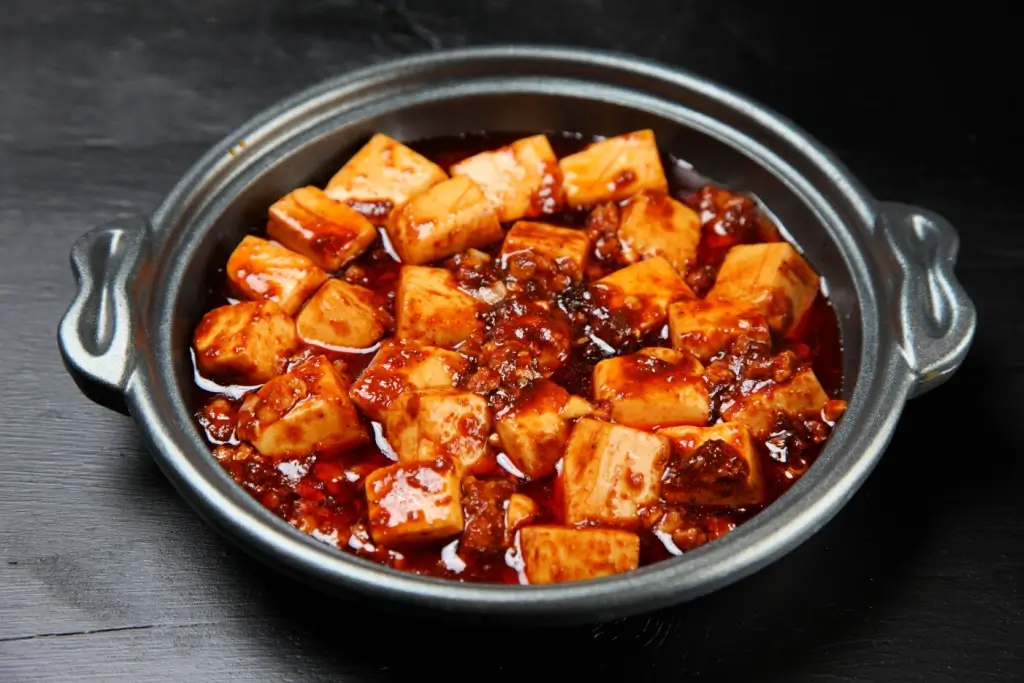Japan’s cuisine is famous for its perfect mix of flavors, fresh ingredients, and beautiful presentation. But did you know that much of what makes Japanese food special comes from Chinese cooking? Japan and China have traded and shared ideas for centuries, bringing Chinese ingredients and cooking techniques into Japanese kitchens.
Noodles, dumplings, and stir-frying all originated from Chinese cuisine. Over time, Japan took these ideas and made them its own, creating a unique mix of the best of both worlds. This blend of Chinese and Japanese food has resulted in some truly amazing dishes that are loved worldwide. Keep reading to explore some of the best Chinese dishes that Japan adopted, which are a must-try!
Table of Contents
ToggleRamen
Ramen is the most well-known Japanese noodle dish globally. Its popularity has also skyrocketed recently, with ramen shops popping up in major cities worldwide. Its origins are also believed to come from Chinese wheat noodles introduced to Japan in the late 1800s.

The dish was then adapted, blending Chinese techniques with Japanese ingredients and tastes. While ramen is considered a Japanese food, its Chinese roots remain undeniable. Despite the evolution, ramen’s connection to both culinary traditions is clear, with its global success reflecting this unique fusion.
Gyoza
Gyoza became popular in Japan through Chinese immigrants, evolving into a beloved dish in Japanese cuisine. Japanese gyoza, often considered a staple dish, trace their origins back to China, where they are known as jiaozi. The Chinese dumplings are traditionally filled with minced meat and vegetables, typically steamed or boiled.

While Japanese gyoza are pan-fried, with a filling that usually features pork and cabbage. Like Chinese dumplings, gyoza is commonly served with a dipping sauce made of soy sauce, vinegar, and sometimes chili oil. The Japanese gyoza is often lighter, reflecting Japan’s preference for delicate flavors.
Can’t make it out here, but do you want to try some exclusive Japanese snacks? Check out Sakuraco! Sakuraco delivers traditional Japanese snacks, teas, and sweets from local Japanese makers directly to your door so you can enjoy the latest treats directly from Japan!
Chahan
One popular fusion dish that has gained a loyal following is chahan. Often made with leftover rice, it’s a quick and flavorful dish with simple ingredients. The base typically includes rice, vegetables like peas and carrots, scrambled eggs, and a protein such as pork or shrimp. Chahan is seasoned with soy sauce, creating a savory, slightly salty, satisfying, and balanced flavor.

Additionally, the dish is cooked in a frying pan, giving it a distinctive smoky aroma and a slightly crispy texture. While chahan is a staple in Japanese households and restaurants, it has evolved with local tastes. In Japan, it may feature ingredients like pickled ginger or green onions, adding unique flavor twists. Though influenced by Chinese fried rice, chahan has become a distinct and cherished dish in Japan.
Nikuman
Nikuman are steamed buns filled with savory ingredients like pork or vegetables, inspired by Chinese baozi. These soft, fluffy buns are popular in Japan, especially during the colder months. The dough is light and pillowy, while the filling is rich and flavorful, made with pork, onions, or other vegetables.

The buns are steamed perfectly, creating a delicate texture that contrasts beautifully with the savory filling. It’s typically sold by Japanese street vendors. It is a warm, satisfying snack, a beloved treat that offers comfort and convenience. These soft, steamed buns make for an ideal, quick, and easy snack on the go.
Mabo tofu
Mabo tofu (bean curd) is a dish that has evolved and adapted to Japanese tastes over time. While it retains its origins in Chinese cuisine, Japanese mabo tofu is less spicy and features a distinct flavor profile. In Japan, it’s a combination of miso (soybean paste), mirin (rice wine), sesame oil, and sake (rice wine). The Japanese version lacks the bold heat of Sichuan peppers and chili, making it milder.

Instead, a doubanjiang (savory bean paste) adds richness to the dish. Depending on where you are in Japan, mabo tofu can vary, reflecting personal and regional preferences. In contrast, mabo tofu in Chinese restaurants abroad tends to be much spicier, with a deep red color. The spice level is one of the key differences often in dispute, and many Japanese are slowly embracing spicier flavors.
Why did Chinese food have such a strong influence on Japanese cuisine?
People love Japanese cuisine because of its unique blend of flavors from Chinese food. Dishes like ramen, gyoza, and even mapo tofu all owe their origins to China, adapted to Japanese tastes. The influence of Chinese food on Japanese cuisine is also deeply rooted in centuries of cultural exchange and adaptation.

Eventually, Japan refined these influences, creating a distinctive culinary identity. The result is a harmonious blend of flavors that continues to shape Japanese food today. Overall, this enduring fusion showcases the seamless integration of two rich culinary traditions. Have you had Japan’s version of Chinese food? What were your impressions? Share your thoughts in the comments below!










